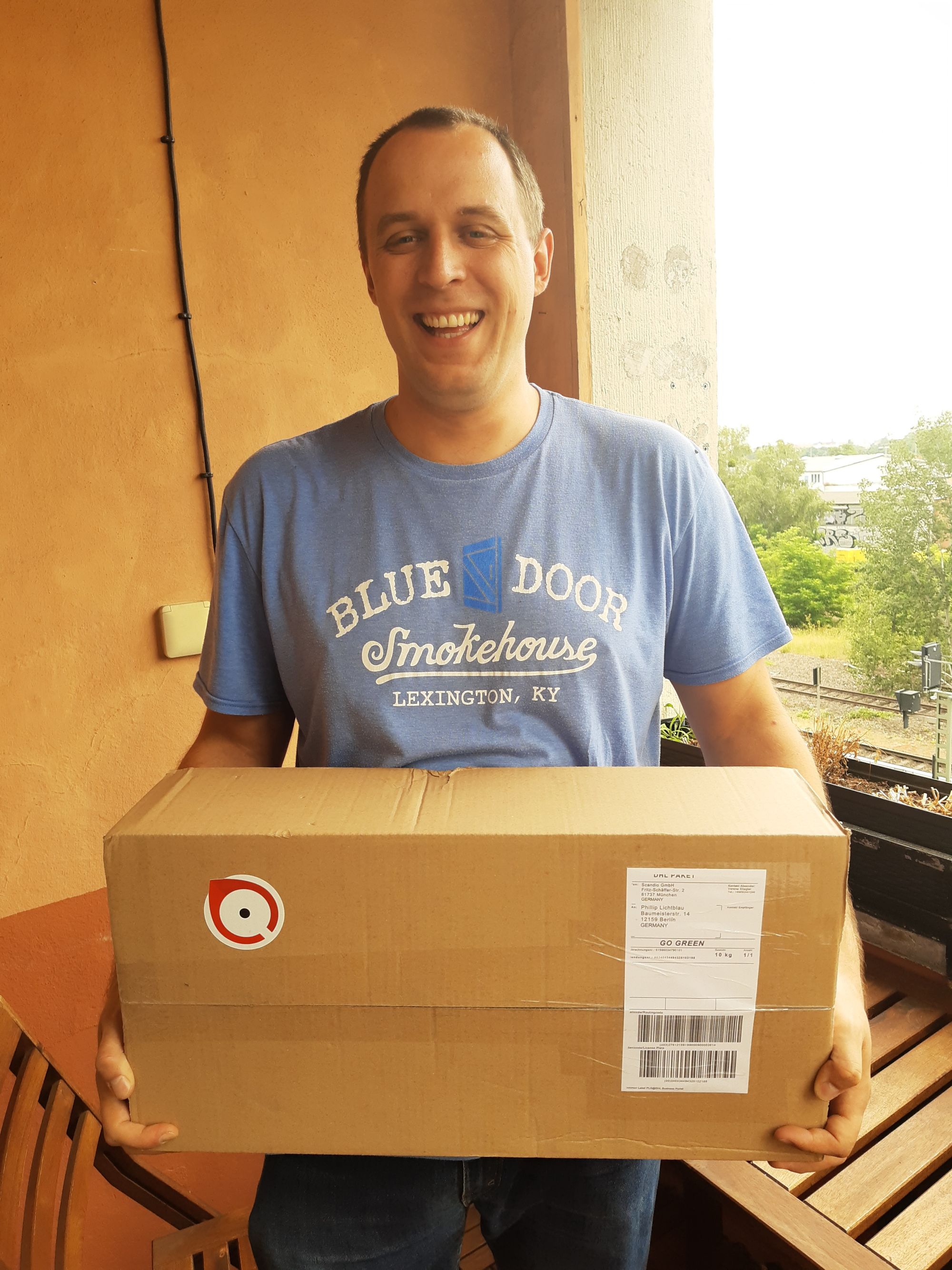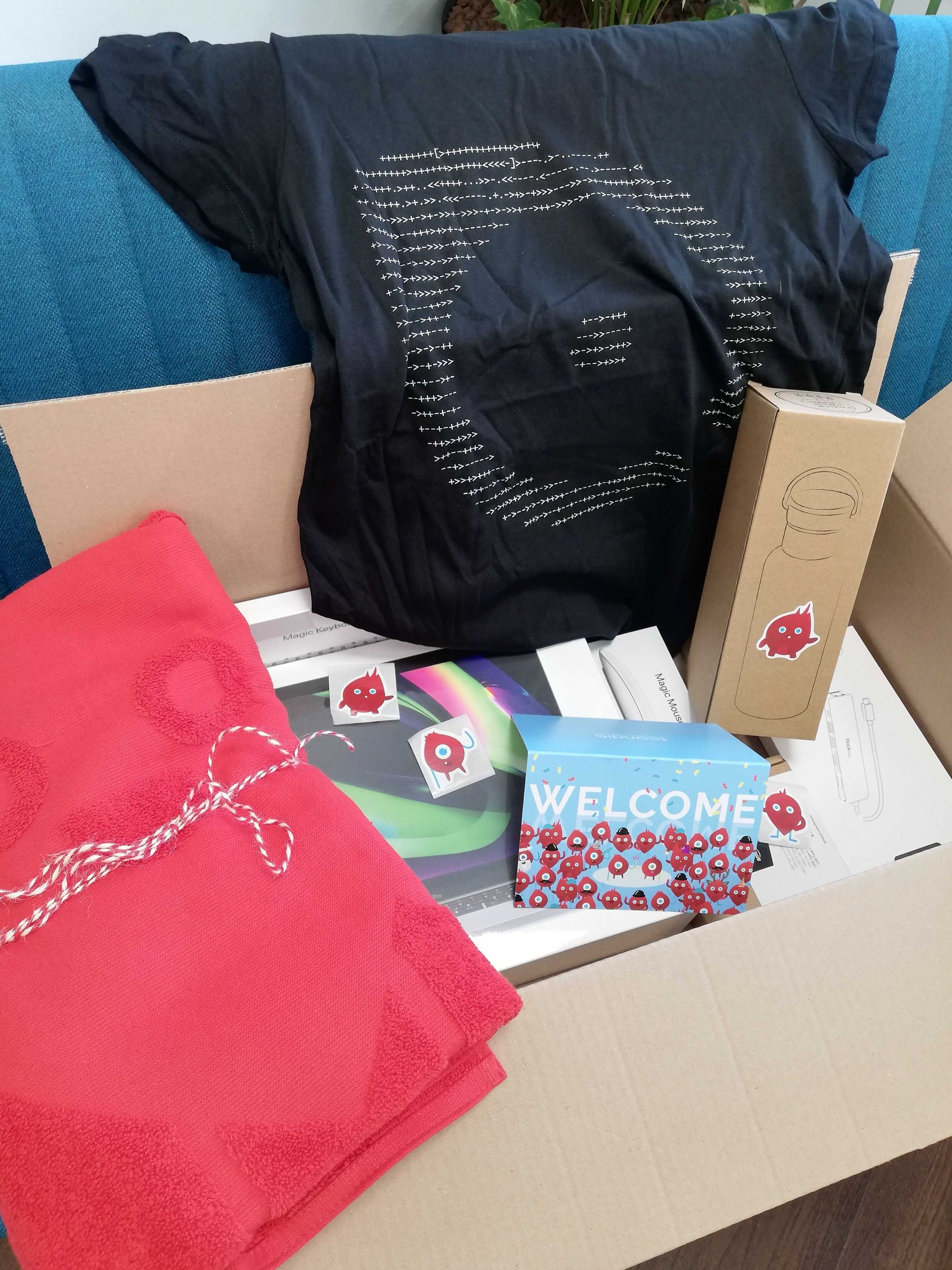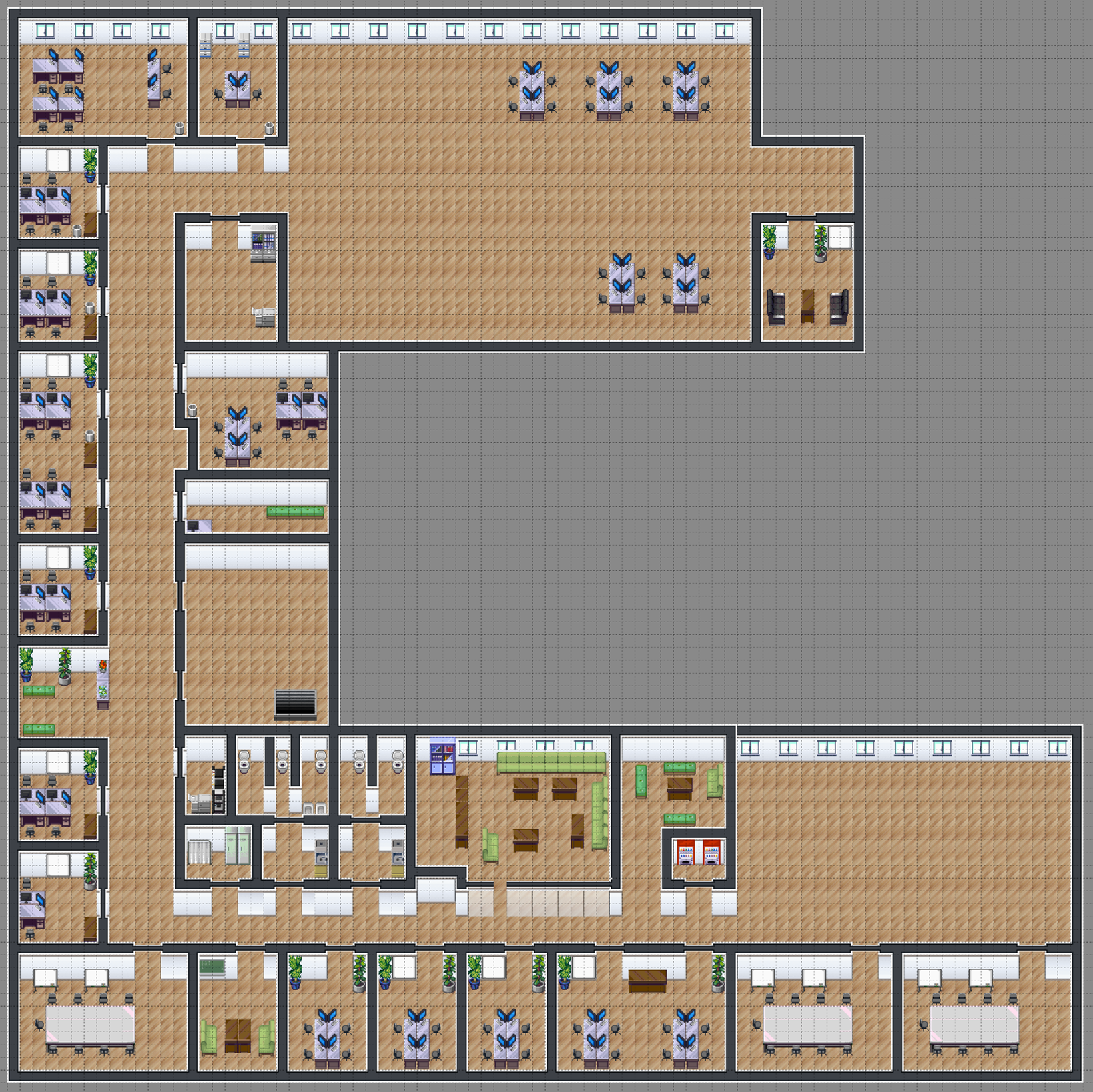2022-03-21 | Verena Stiegler | 6 min read
Remote Onboarding - A Lesson Learned
A good start means half the battle. Anyone who is new to a company first faces the major challenge of processing the many new impressions and finding their way around the company’s internal processes. To make the first few days as pleasant and transparent as possible, a well-structured onboarding process and a lot of preparation on the part of the employer are required. Due to the Corona pandemic and the resulting work - and thus also onboarding - in the home office, many companies had to rethink their tried and tested onboarding strategy and adapt it to the new circumstances. We at Scandio also onboarded many of our new colleagues completely remotely - and were able to learn a lot from this experience!
What makes for a good onboarding?
Good onboarding begins well ahead of the first day of work. It covers the period from the signing of the contract to the end of the probationary period and sometimes extends across several departments or teams. The main goal should be to make it as easy as possible for new employees to join the company and to create a sense of community and trust from day one. After all, people who do not feel well cared for right from the start are more likely to leave the company before the end of the probationary period. Especially without personal interaction in the office, appreciation and trust are key to a successful onboarding.
The tutor concept has proven particularly successful here for many companies, providing each new employee with a personal contact person for the first few weeks who introduces them to the department, explains relevant processes and is available to answer any questions. In addition, the tutor introduces the newbie to the corporate culture and invites him/her to all internal (remote) events and appointments. This guarantees that social contacts are not neglected even when working from home.
Another requirement for smooth workflows on the first day is that the team is well prepared, the relevant people have scheduled time off for onboarding, and all tasks are clearly distributed among them. If there is a lack of clarity about responsibilities, this can quickly lead to a chaotic first impression. The technical equipment should also be fully functional on the first day of work and the workplace should already be set up. The newbie should be given the feeling that he/she is in good hands and can start right away without any worries!
Times are changing
Even before the pandemic, the onboarding process at Scandio was well structured. Since we attach great importance to personal encounters in the office, we welcomed the new employees at our locations in Munich and Augsburg and introduced them to their first future colleagues during an office tour before continuing with the general introduction. Here, our CEOs gave a basic introduction to our internal processes and tools. In the preliminary email, which is sent out about a week before the first working day, the new employee receives the most important information about the course of the first day and can prepare accordingly. Due to the Corona pandemic, we were forced to hold the introduction remotely, but this worked out surprisingly well and, especially with regard to our new locations in Berlin and Regensburg, saved us a lot of travel time and planning.


A well-structured onboarding checklist, which is created individually for each new employee, provides support in the first few weeks with an overview of all to-dos, which are checked off one by one and guide through the onboarding process. In addition, the tutoring system has also proven successful at Scandio. Each new Scandian is assigned a personal contact person who answers all questions and introduces the newbie to the project and our corporate culture. Corona has shown us: Things work really well remotely, too! Since we have recently started to work more frequently in the offices again, two tutoring roles have emerged: a (remote) project tutor and an on-site tutor who is available for all matters at the respective location.
Communication is Key
With rapid growth, spanning multiple locations, each individual onboarding must be planned even more carefully. Checklists have to be updated regularly and workflows have to be adapted to new circumstances. To find out how we can improve our onboarding process and how newbies in particular feel about it, we ask exactly where it matters most: the new employees themselves! Even though our welcome goodie has evolved into a rich onboarding package including a water bottle, towel, T-shirt and much more, a personal approach and an open ear for all the concerns of new employees is clearly more valuable these days.
The way we communicate has changed significantly in the aftermath of the Corona pandemic. With the shortfall of face-to-face encounters in the office, communication is more important than ever. However, as we’ve gone digital, many new ways of communicating have opened up to help us stay connected. In order to quickly connect our newbies with other Scandians, we place great emphasis on making all information about our communication channels easily accessible. Slack channels, Google Meet, e-mails, Confluence… Which channels do I use and when, and who do I reach with them? Since it’s a well-known fact that you feel most comfortable among like-minded people, we also have a #Newbies Slack channel in which new employees can exchange information on all questions (not only) about their onboarding.

Those who like it even more interactive can meet in our virtual office in Workadventure for a chat. But even our “old hands” can quickly lose track of things with so many new faces. This is where the blog feature in Confluence has proven useful: Each new Scandian writes a short personal blog post about his/her way to Scandio, favorite leisure activities and other interesting facts about themselves.
Then have a look at our job offers!
As you can see, there is a lot to consider in order to carry out a successful (remote) onboarding. The many small steps must be well documented and prepared in order not to lose track in the daily work routine. The key words here are: Knowledge transfer and information management. First and foremost, newbies must be able to find the information they need at any time to get off to a good start in their new working environment. Even a tutor can’t be available 24/7, so there should be a well-maintained knowledge database, such as Confluence from Atlassian, that is equally accessible to all employees. Especially during the pandemic, our intranet has become a central tool in onboarding. In our Guide, one can find all the relevant information, from our organizational structure and way of working, to tools and locations, to how to use the coffee machine or the janitor’s phone number. And best of all, the Pathways Pro add-on for Confluence allows newcomers to easily click their way through a virtual onboarding tour step by step.
A Lesson Learned
Even though we have learned a lot about our communication and documentation of processes throughout the growth of the last years and remote onboardings, we still agree: we love the team spirit in our offices way too much and will certainly not become a remote-first company in the future!
However, the pandemic enabled us to strengthen our social interaction via digital channels and optimize our processes in many places. Since successful onboarding makes a significant impact on the well-being of employees, a dedicated CoP (Community of Practice) now deals with this topic alone. It collects feedback from the teams and is always open to suggestions for improvement, which can then be adopted directly. After all, there is always room for improvement ;)
Scandiolife on Instagram.
Connect with us on LinkedIn.
Look what Scandio is tweeting.



